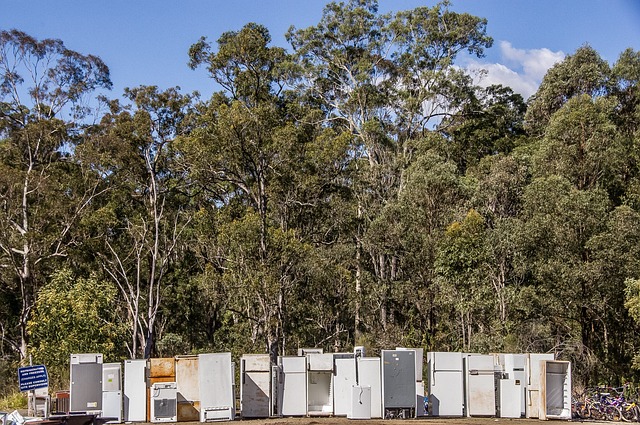
Fugitive emissions are pollutants released unintentionally and/or undesirably, for example because a pipeline has one or more leaks or is malfunctioning.
Due to the closure of several mines in the Ostrava region, the amount of fugitive emissions from the mining and processing of fuels in the area has decreased.
Exact definitions of fugitive emissions vary from sector to sector, but generally the term refers to pollutants released in an uncontrolled manner, such as through leaks or air circulation or due to poor storage of materials. Fugitive emissions may originate as residues in products that evaporate over time or they may be substances released during handling or accidental spills. Companies often tend to overlook fugitive emissions because these are usually discharged in small quantities that are difficult to detect and measure. It is estimated, however, that fugitive emissions may account for as much as 5% of global greenhouse gas emissions. Among the most common activities generating fugitive emissions are extraction and handling of coal, oil, and natural gas, and the use of cooling equipment. Pollutants are also released from abandoned mines and wells and from decommissioned cooling units. According to the Greenhouse Gas Protocol classification, fugitive emissions fall under Scope 1.
Fugitivní (volně unikající) emise jsou znečišťující látky uvolňované neúmyslně anebo nežádoucím způsobem, například pokud potrubí na jednom nebo více místech netěsní nebo má poruchu.
Vlivem uzavření některých dolů na Ostravsku se v tomto regionu snížilo množství fugitivních emisí z těžby a zpracování paliv.
Přesná definice fugitivních emisí se v každém sektoru liší, obecně však jde o znečišťující látky uvolněné nekontrolovaným způsobem např. při únicích či větrání, nebo kvůli špatnému skladování materiálu. Fugitivní emise mohou pocházet z reziduí ve výrobcích, jež vyprchají až časem, či může jít o látky unikající při manipulaci a nehodách. Firmy fugitivní emise často přehlížejí, protože se obvykle uvolňují v malém množství, jež se těžko detekuje a měří. Odhaduje se však, že fugitivní emise se mohou podílet až na 5 % světových emisí skleníkových plynů. Mezi nejběžnější aktivity, při nichž fugitivní emise vznikají, patří těžba a manipulace s uhlím, ropou a zemním plynem a používání chladicích jednotek. Znečišťující látky se však uvolňují i z opuštěných dolů a vrtů či z vyřazených chladicích zařízení. Dle klasifikace Greenhouse Gas protokolu spadají fugitivní emise do kategorie 1.
English Editorial Services’ mission is to assist international businesses and organizations of all sizes to communicate clearly, correctly, and persuasively with their business partners and target audiences.
Simply subscribe to receive our Business Term of the Day at no charge to your inbox each business day, with explanation in English and Czech.



English Editorial Services’ mission is to assist international businesses and organizations of all sizes to communicate clearly, correctly, and persuasively with their business partners and target audiences.
Simply subscribe to receive our Business Term of the Day at no charge to your inbox each business day, with explanation in English and Czech.

